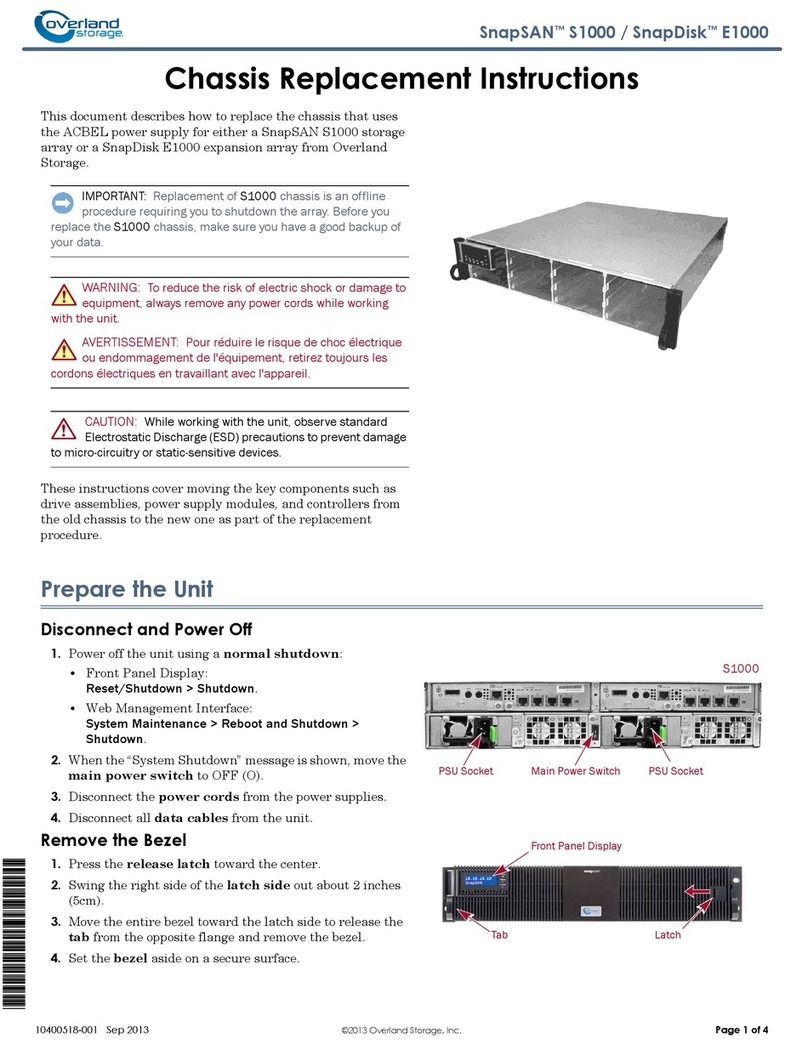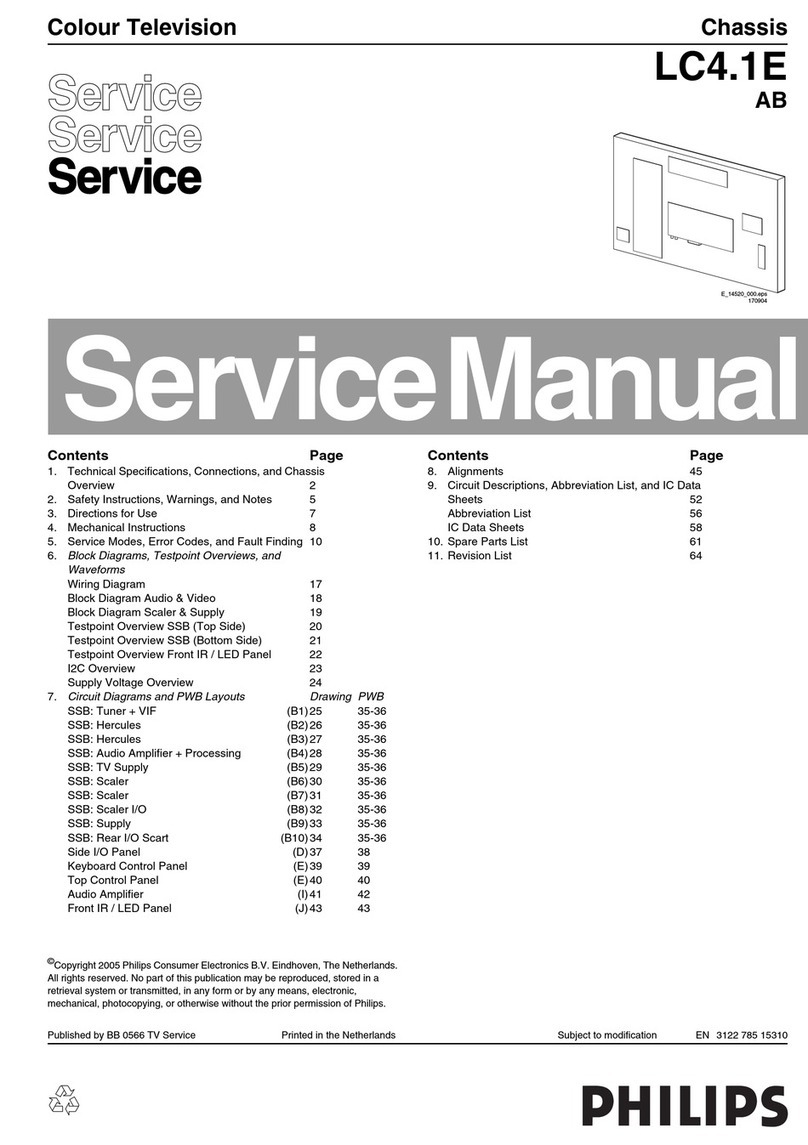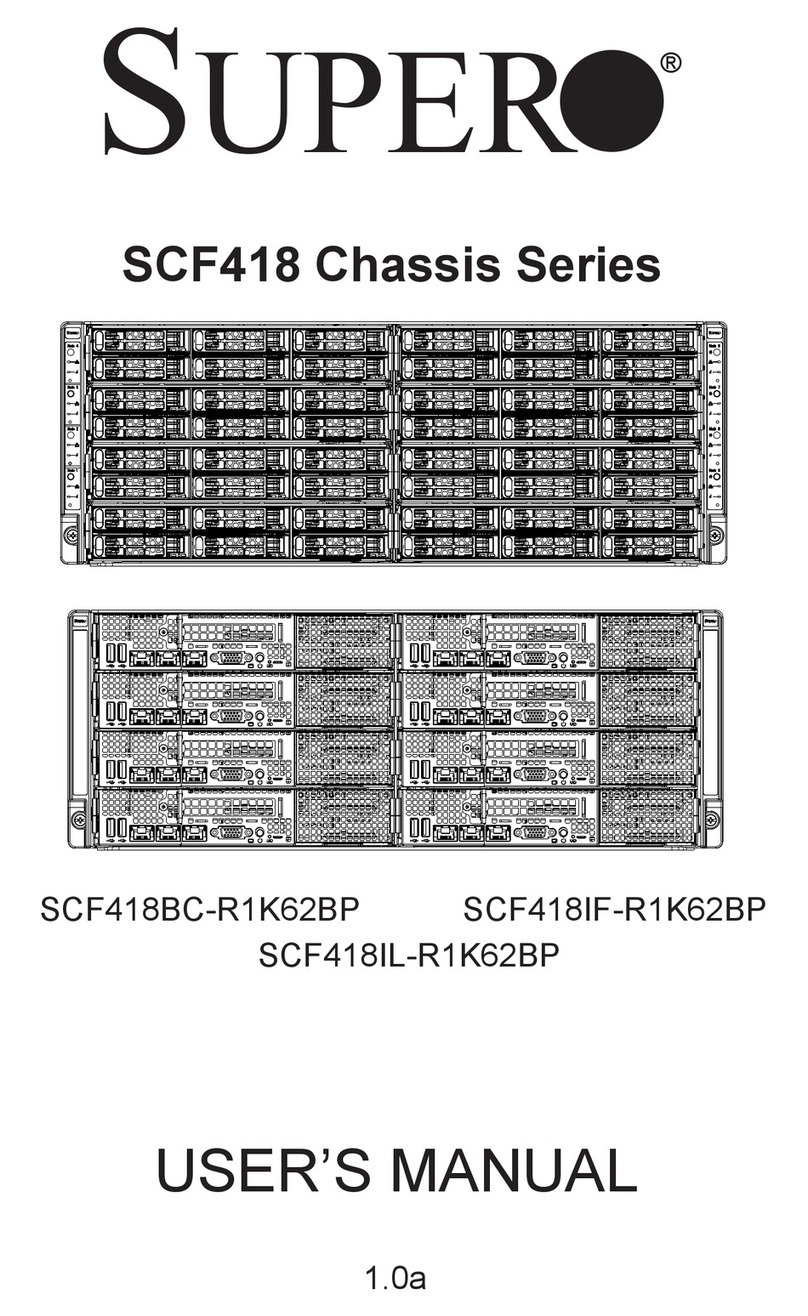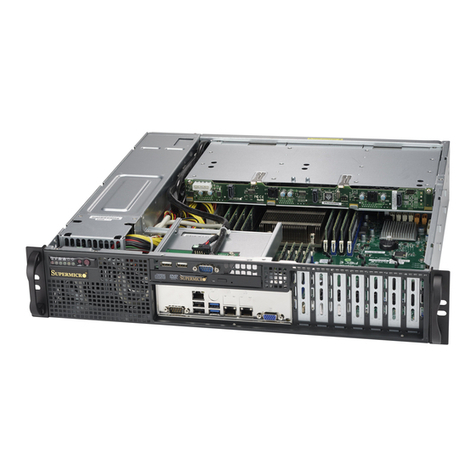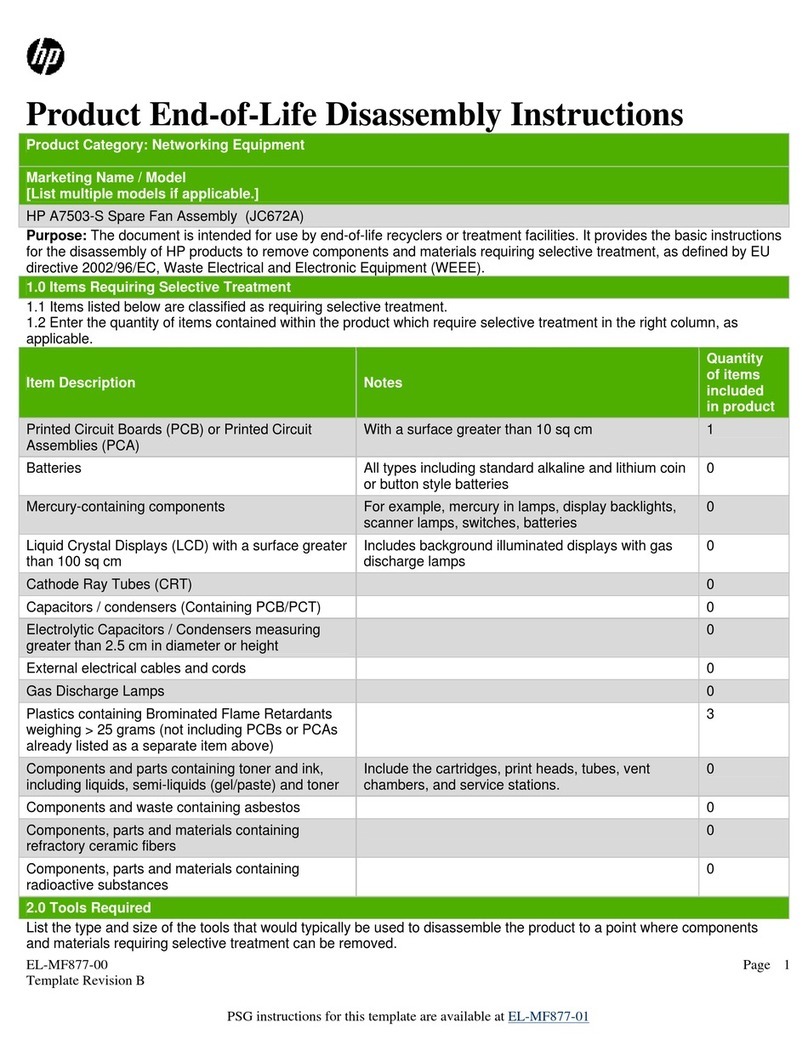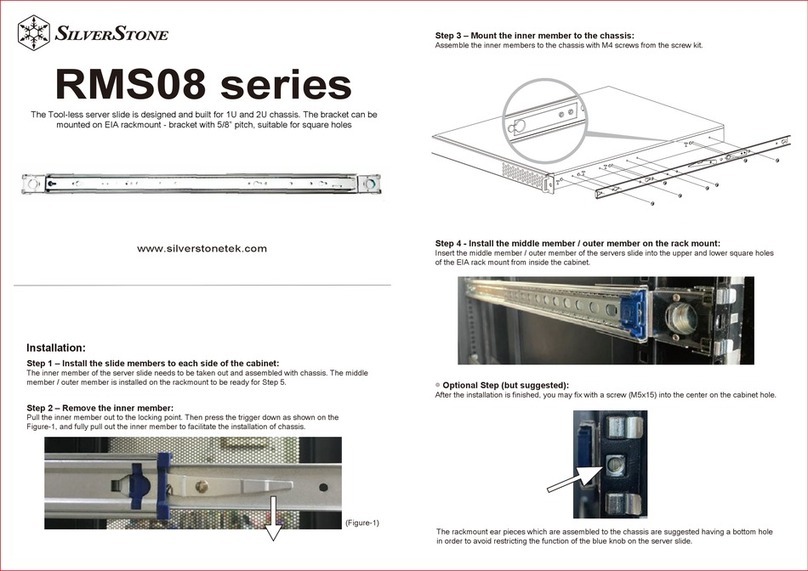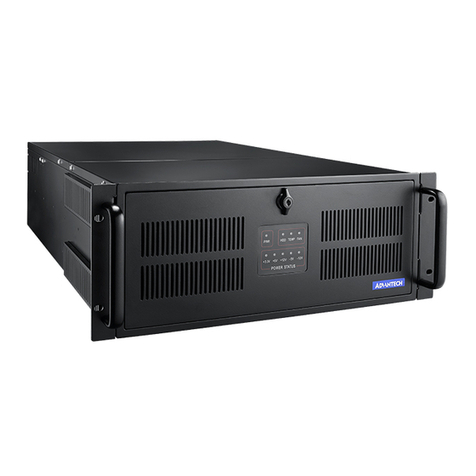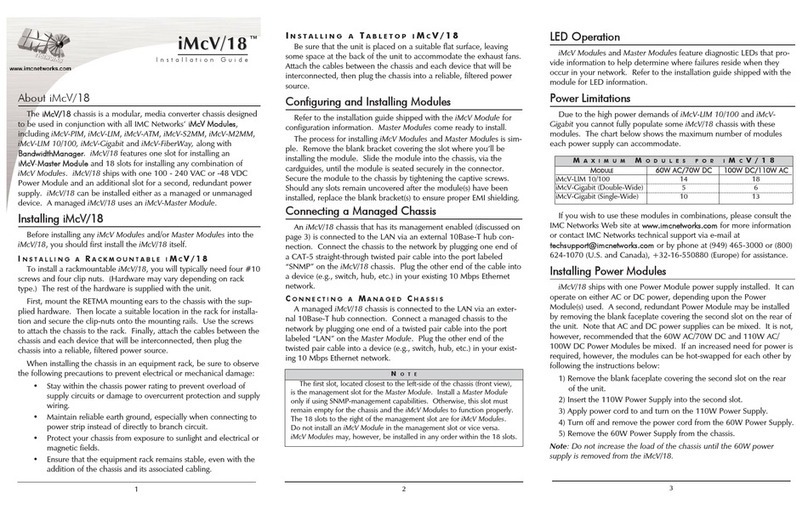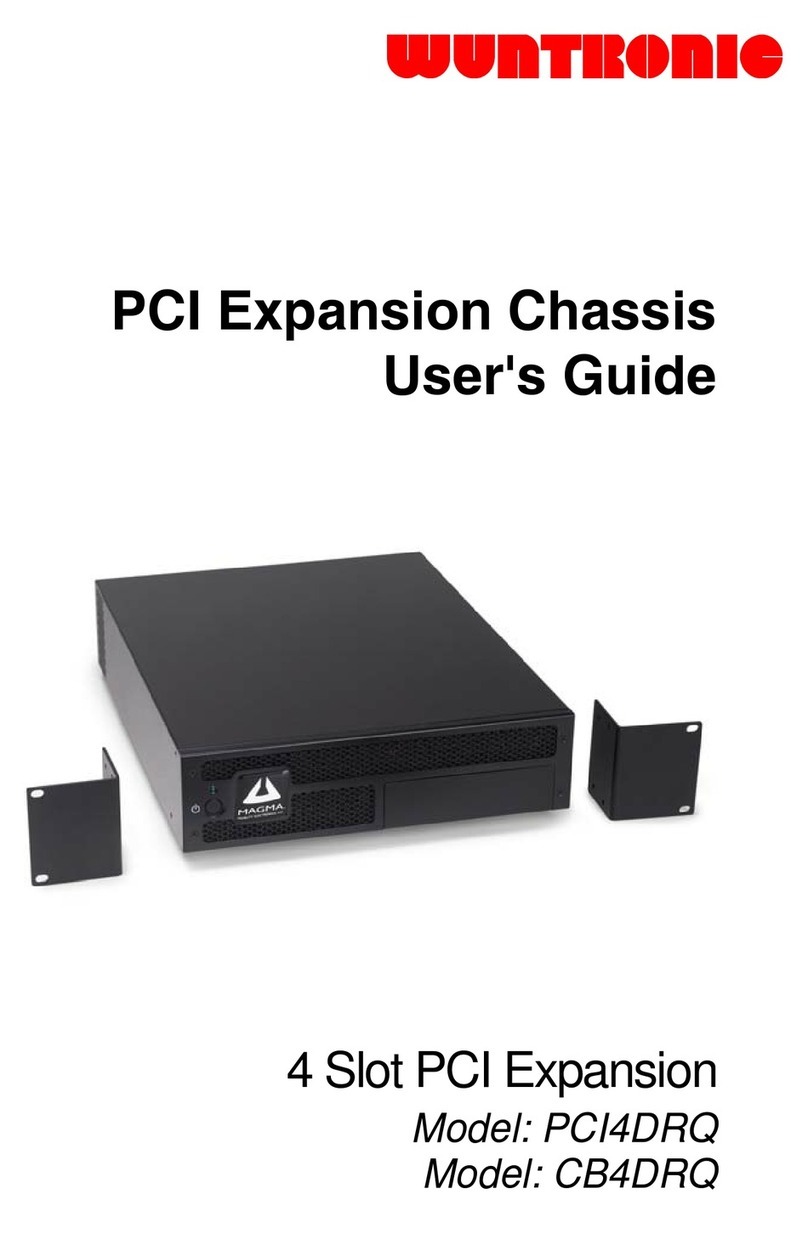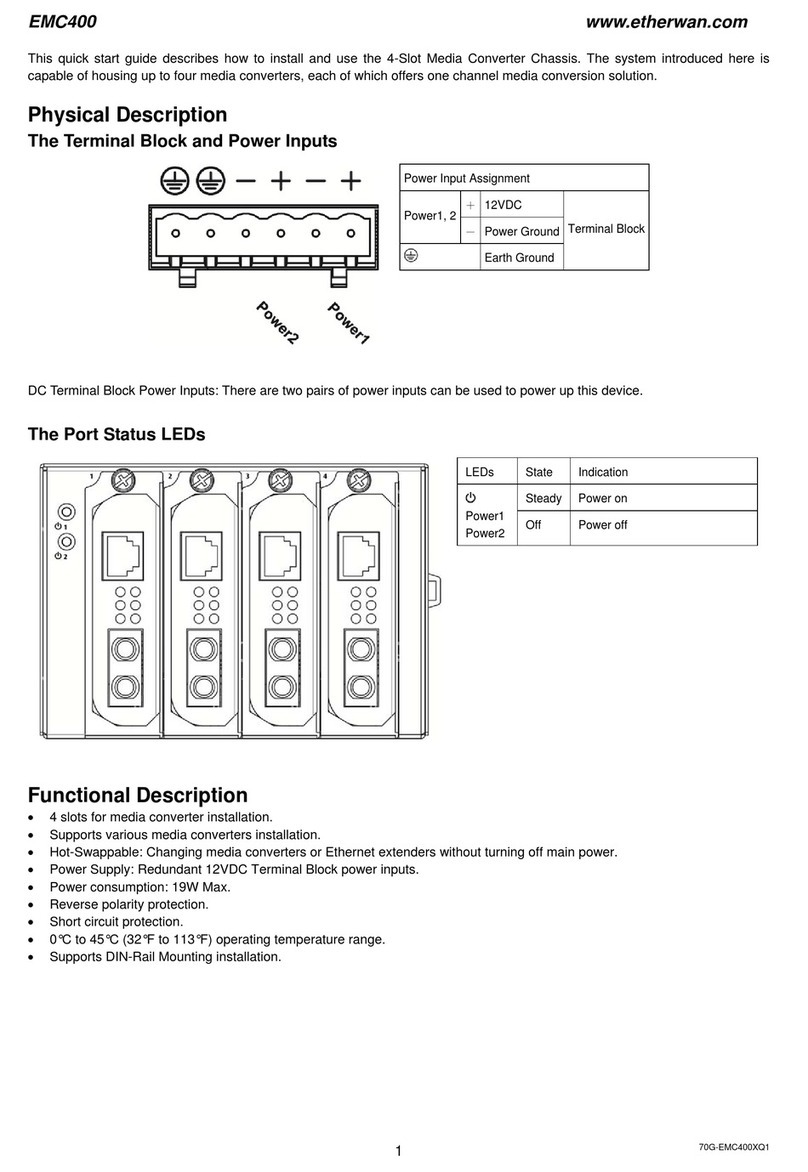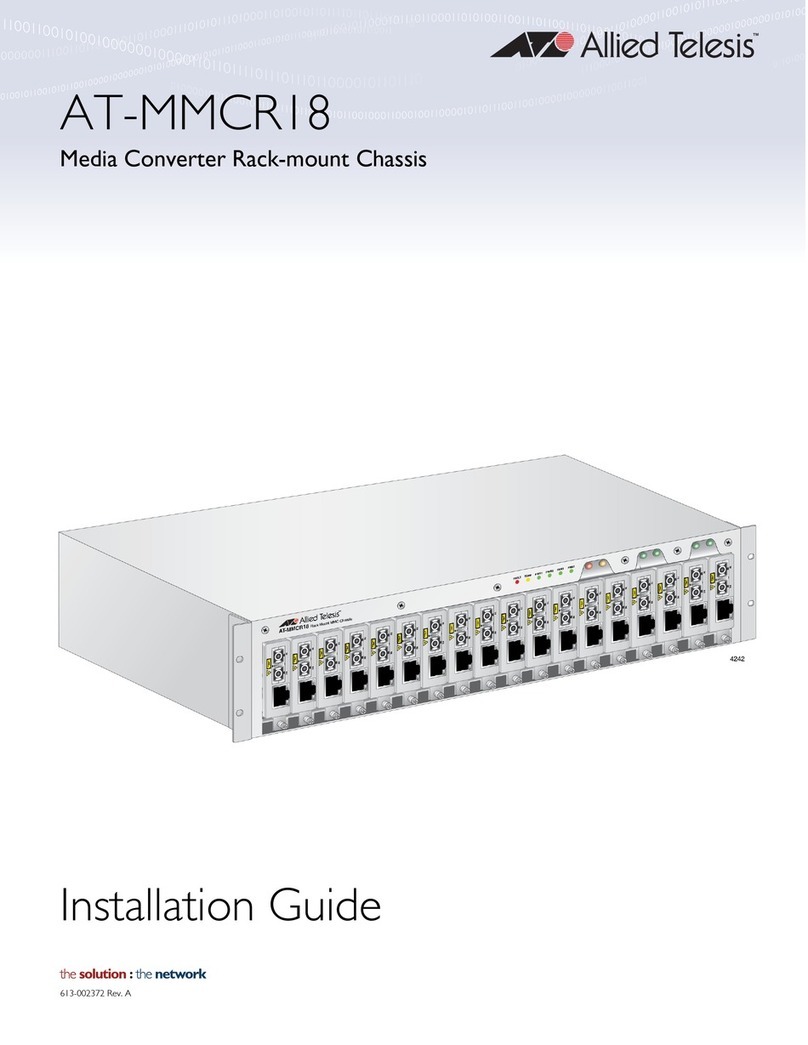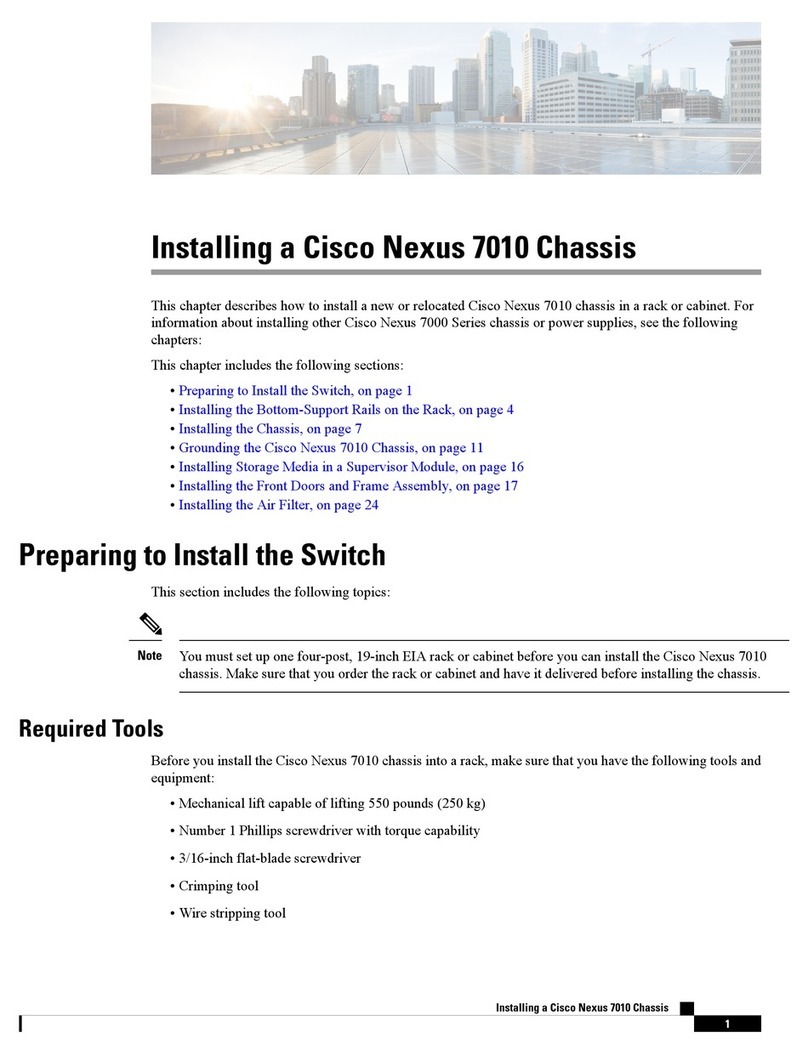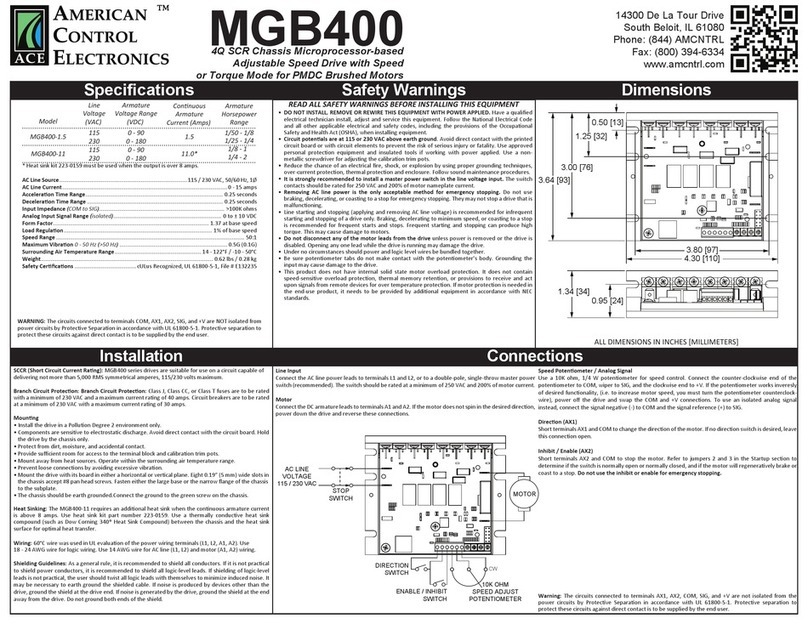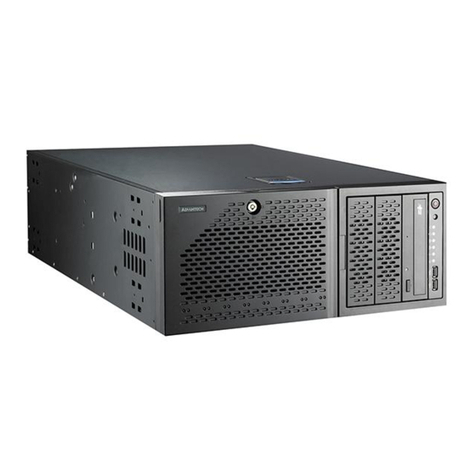
2
1.1 Features
The KVM-9000 comes with the following hardware features:
Slimmest 19" 1U high, full-size rackmount 8-port KVM switch with
LCD, keyboard, touchpad design
Supports MS Intellimouse, Intellimouse Explorer, Logitech Net
Mouse or the other fully compatible MS mouse
Provides Console PS/2 to PC serial mouse conversion
Supports DOS, Win3.X, Win95/98/ 98SE/2K/ME/XP, WinNT,
Netware, SCO UNIX, HP UNIX, Linux
Hot plug - add PCs or remove connected PCs for maintenance
without powering down the KVM switch or PCs
Very high video quality - up to 1024 x 768, bandwidth: 200MHz
No software required - easy PC selection via On Screen Display
manual, push buttons, and hot keys
Supports eight characters password protection and search for PC
server name
Auto scan mode for monitoring PCs and flexible scan time is 5~99
sec.
Keyboard status restored when switching PCs
LED display for easy status monitoring
Buzzer sound for switching port confirmation
Using standard VGA, keyboard, and mouse cable
One extra built-in daisy chain port and without wasting any PC
port
No DIP switch setting needed and auto detect daisy chain bank
1.2 Specifications
PC Port: 8
Console Port: 1
PC Port Connector (All Female Type): PS/2 6-pin Mini DIN keyboard,
PS/2 6-pin Mini DIN mouse, 15-pin HDDB VGA
Daisy Chain Port Connector (All Female Type): PS/2 6-pin Mini DIN
keyboard, PS/2 6-pin Mini DIN mouse, 15-pin HDDB VGA
PC Selection: On Screen Display menu, Hot Key, Push Button
7 Segment LED: One bank LED, two PC port LEDs
On Screen Display Control: Yes
Scan Intervals: 5~99 sec.
Keyboard Emulation: PS/2
Mouse Emulation: PS/2
VGA Resolution: 1024 x 768
Bandwidth: 200MHz
